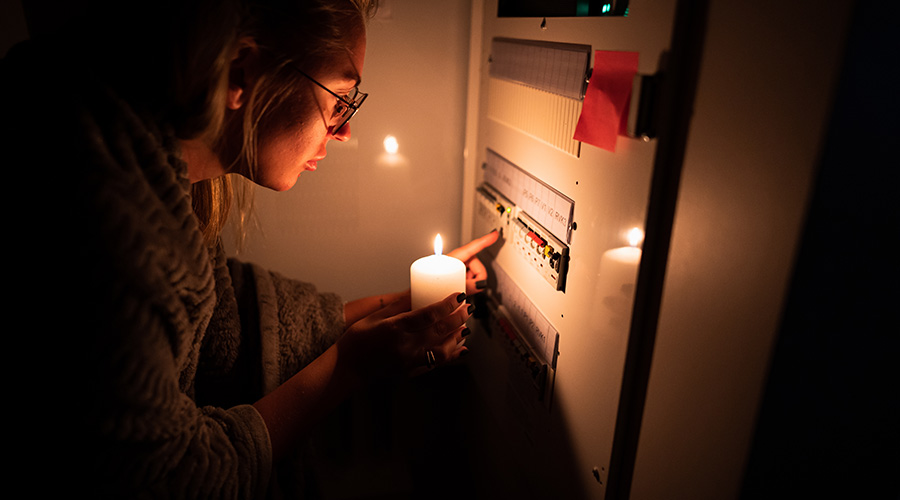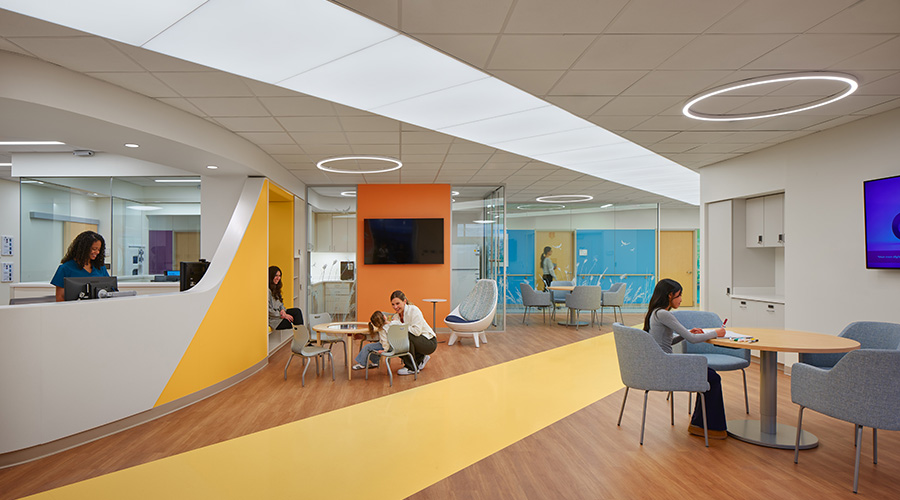Just as every facility is unique, so are its security vulnerabilities. However, these are not static challenges. Those who would seek to gain unauthorized access to a facility and wreak havoc of one kind or another are constantly dreaming up ways to overcome whatever security measures a facility might already have in place, according to an article from Building Operating Management on the FacilitiesNet website.
In addition, complacency could create avoidable vulnerabilities that will be easy to exploit. It is important for facility managers to truly understand their facilities' potential vulnerabilities and the likelihood of an incident occurring.
Any criminal or malevolent activity requires three elements: desire, opportunity, and ability.
While desire paired with ability and opportunity describes the criminal cycle, there are two subsets of criminal activity that influence the success of an aggressor. These are opportunistic aggressor and a determined attacker. An opportunistic aggressor is one that will commit an act at a specific time without any pre-planning, making a rational choice of risk versus reward in seconds before committing the act. A determined attacker will have a greater impact and is more likely to be successful because the pre-planning/reconnaissance and tools will be more robust. Thus, the more prevalent the desire or tools, the more likely an event.
In addition, to understand the risk for occurrence, a facility manager needs to understand impact compared to the controls or defenses that are in place. This is the fundamental aspect of security that is so daunting, because many are of the "it won't happen to us" mind-set.
Impact in the broadest sense of the term is the measurement of the effects of an incident and the speed with which the organization can recover. For instance, a security incident at an individual facility will certainly have an impact/effect on that single company. However, if that company is a large telecommunications, electricity, or water provider, the impact would be greater. An analysis allows us to make a risk decision on what programs we will invest in to defend against a hypothetical threat.

 Contaminants Under Foot: A Closer Look at Patient Room Floors
Contaminants Under Foot: A Closer Look at Patient Room Floors Power Outages Largely Driven by Extreme Weather Events
Power Outages Largely Driven by Extreme Weather Events Nemours Children's Health Opens New Moseley Foundation Institute Hospital
Nemours Children's Health Opens New Moseley Foundation Institute Hospital Code Compliance Isn't Enough for Healthcare Resilience
Code Compliance Isn't Enough for Healthcare Resilience Ribbon Cutting Marks First Phase Completion for New Montefiore Einstein Facility
Ribbon Cutting Marks First Phase Completion for New Montefiore Einstein Facility